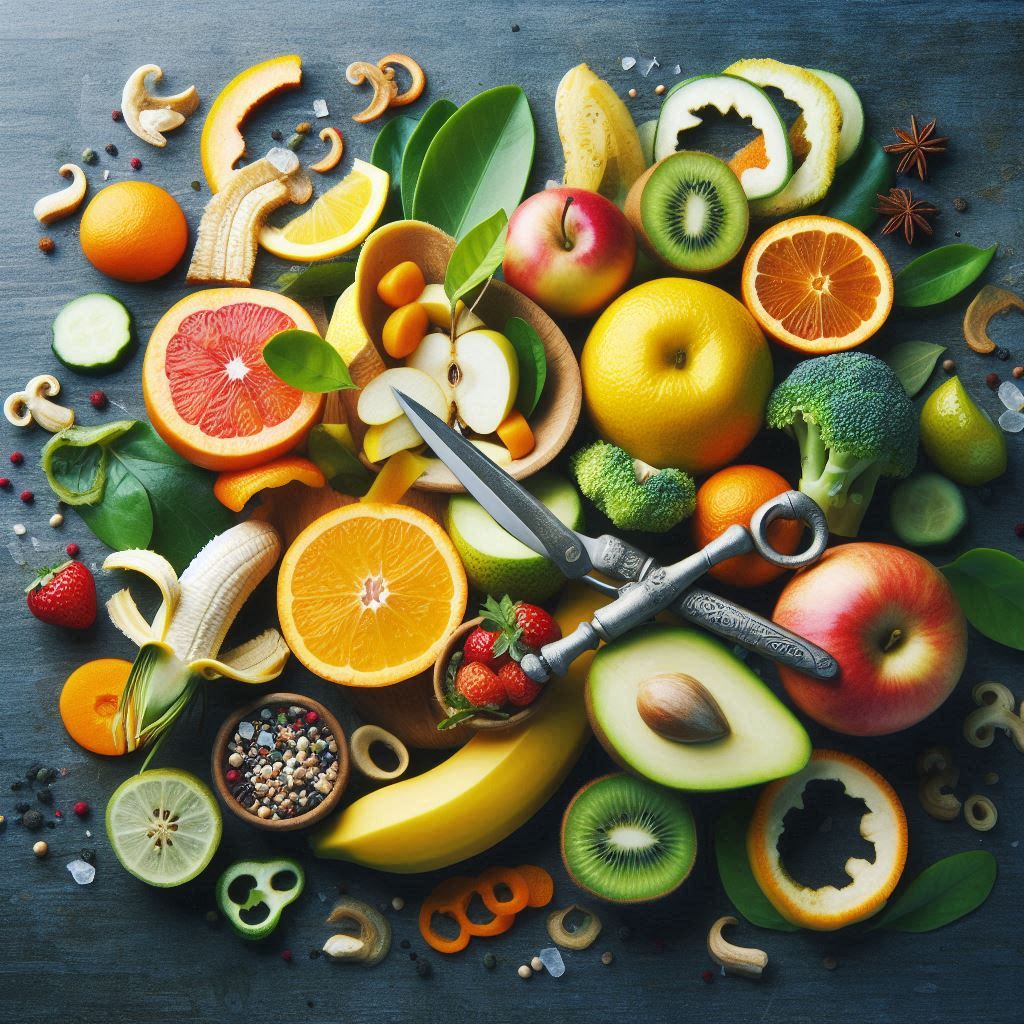Introduction to fruit and vegetable peels
Welcome to the world of fruit and vegetable peels – where hidden treasures of nutrition and flavor await! Often overlooked and discarded, these colorful skins are actually packed with goodness that can benefit your health in numerous ways. It’s time to rethink how we approach peels and unlock their full potential for a healthier lifestyle. So, grab your apron and let’s dive into the wonderful world of eating your peels!
The nutritional benefits of consuming peels
When it comes to fruits and vegetables, the peels often hold a treasure trove of nutrients that are beneficial for our health. Did you know that most of the fiber content in fruits and veggies is found in their peels? Fiber aids digestion, promotes gut health, and helps with weight management. Peels also contain essential vitamins like vitamin C, which boosts immunity and collagen production.
Additionally, fruit and vegetable peels are rich in antioxidants that help fight inflammation and oxidative stress in the body. These compounds play a crucial role in reducing the risk of chronic diseases such as heart disease and cancer. By incorporating peels into your diet, you can harness these powerful nutrients to support your overall well-being. So next time you’re about to toss those peels away, think again – they might just be the secret ingredient your body needs!
Common misconceptions about eating peels
When it comes to fruit and vegetable peels, there are some common misconceptions that may deter people from including them in their diets. One prevalent belief is that peels are dirty or contaminated with pesticides, making them unsafe to eat. However, washing fruits and vegetables thoroughly can eliminate any potential residues.
Another misconception is that peels lack nutritional value compared to the flesh of the produce. In reality, many essential vitamins, minerals, and fiber are concentrated in the peel itself. By discarding it, you’re missing out on a significant portion of the nutrients.
Some individuals also believe that peels are tough and unpalatable to consume. But with proper preparation techniques such as cooking or blending them into smoothies, peels can become more tender and flavorful than expected. It’s all about getting creative in the kitchen!
How to properly prepare and cook peels for consumption
When it comes to preparing and cooking fruit and vegetable peels for consumption, there are a few simple yet effective methods to make them tasty and enjoyable. Start by thoroughly washing the peels to remove any dirt or residue. This step is crucial in ensuring you’re consuming clean produce.
For firmer peels like those of apples or potatoes, consider roasting or baking them with a sprinkle of your favorite spices for added flavor. The crispy texture adds a delightful crunch to your dishes. Alternatively, you can also blend softer peels into smoothies or soups for an extra nutrient boost without altering the taste significantly.
Experiment with different cooking techniques such as stir-frying or pickling to create unique flavors that enhance the natural goodness of the peels. Get creative in the kitchen and don’t be afraid to try new recipes that incorporate these often overlooked parts of fruits and vegetables!
Creative recipes using fruit and vegetable peels
Have you ever thought about getting creative in the kitchen by using fruit and vegetable peels? Don’t throw them away just yet! Instead, consider incorporating them into your meals for an extra nutritional boost and added flavor.
One delicious idea is to make crispy potato peel chips – simply wash and season the potato peels before baking them until they are nice and crispy. You’ll be surprised at how tasty they can be!
Another fun recipe is utilizing citrus peels to infuse flavor into dishes like marinades, dressings, or even baked goods. Citrus zest can add a burst of freshness that takes your dish to the next level.
Get adventurous with watermelon rind by pickling it or turning it into a refreshing salad. Its unique texture and mild taste will definitely add a twist to your meal.
Don’t limit yourself when it comes to exploring creative recipes using fruit and vegetable peels – there are endless possibilities waiting for you in the kitchen!
Sustainable living: reducing food waste by eating peels
Sustainable living is not just a trend; it’s a lifestyle that benefits both us and the environment. One way to reduce food waste and promote sustainability is by incorporating fruit and vegetable peels into our diets.
Instead of discarding these nutrient-rich peels, why not harness their potential? By consuming peels, we can maximize the nutritional benefits of fruits and vegetables while minimizing waste.
Not only does eating peels help in reducing food waste, but it also adds an extra layer of flavor and texture to your dishes. Think about how citrus zest can elevate a dish or how potato skins can add a delicious crunch.
With some creativity in the kitchen, you can turn what was once considered scraps into tasty meals. Whether it’s making banana peel bacon or using watermelon rind in pickles, there are endless possibilities to explore.
By embracing the concept of eating peels, we take a small yet impactful step towards sustainable living. Let’s embrace this practice as part of our journey towards a healthier lifestyle for ourselves and the planet!
Conclusion: Incorporating peels into your diet for a healthier lifestyle
By incorporating fruit and vegetable peels into your diet, you are not only unlocking a treasure trove of nutritional benefits but also contributing to sustainable living by reducing food waste. Embrace the versatility and goodness of peels by trying out new recipes that make use of these often-overlooked parts. Get creative in the kitchen and explore the various ways you can include peels in your meals for a healthier lifestyle. Start small by adding them to smoothies or salads, and gradually work your way up to using them as key ingredients in dishes. Remember, when it comes to nutrition, every bit – including the peel – counts!


